Wound Healing With Plants: Learn About Plants With Healing Properties
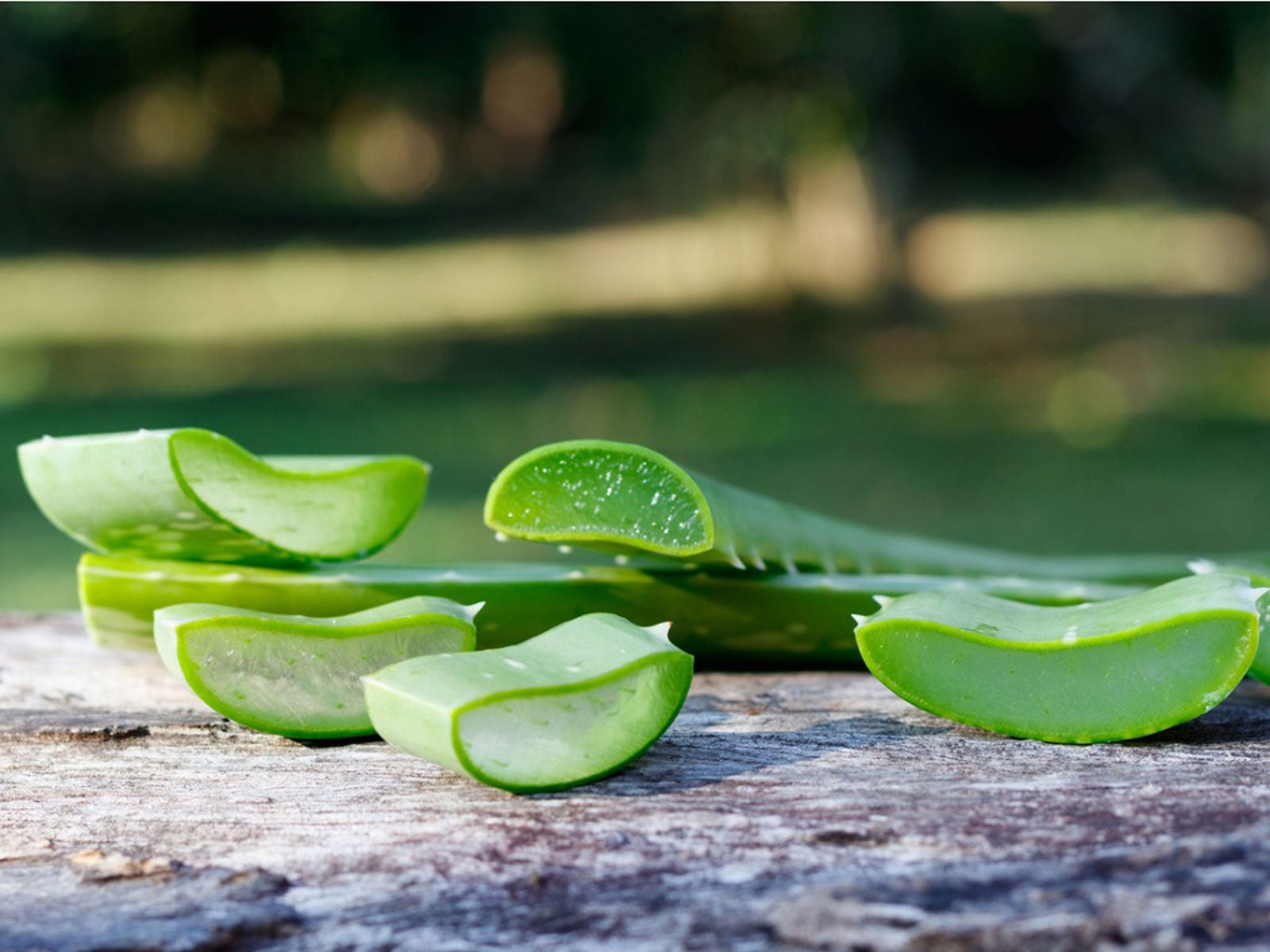

From our earliest days on earth, humans have been using plants as medicine. Despite the development of high-tech medicines, many people still turn to plants with healing properties as home remedies or to supplement the regime prescribed by a doctor. If you are interested in learning about plants that heal wounds, read on.
Healing with Plants
It is foolish to pass up a visit to the doctor if you are seriously wounded. Nothing beats a tetanus shot for preventing that disease. However, there is definitely a place in the world for treatment using plants with healing properties.
Once you’ve seen a doctor, you’ll want to follow their advice. You can also use herbs or other wound-healing plants to supplement the wound care process.
How to Use Healing Plants
People have been healing with plants for generations and you’ll find more than one list of plants that heal wounds. Three herbs often cited as wound healing plants are yarrow, goldenrod, and calendula.
The ancient Greeks may have been the first to consider yarrow a medicine. It was initially used to treat digestive problems. However, it can also be used to heal wounds, especially moderate burns. Likewise, goldenrod (with its anti-inflammatory qualities) and calendula (that increases blood flow) must be added to the list of plant medicines.
Using plants to heal wounds can be complicated, requiring you to make herbal extracts or essential oils. Some healing plants are more simple to use. For example, common plantain (Plantago major), a common weed, can be used for small wounds and bug bites. Just chew it until it softens then place it on the affected area.
Most of us are already aware of the healing qualities of the juice from the succulent aloe vera (Aloe vera). Just cut off a “branch” and rub the cut end on minor scrapes or burns.
Gardening tips, videos, info and more delivered right to your inbox!
Sign up for the Gardening Know How newsletter today and receive a free copy of our e-book "How to Grow Delicious Tomatoes".
Yellow dock (Rumex spp.) is another weed that can take out the sting of insect bites. Just squish the leaves so that the juice gets into the wound.
Comfrey (Symphytum) is another useful plant for rapid lesion healing and is easy to use. Just apply a comfrey poultice. Europeans use a poultice of chamomile flowers to reduce swelling.
Disclaimer: The contents of this article are for educational and gardening purposes only. Before using or ingesting ANY herb or plant for medicinal purposes or otherwise, please consult a physician, medical herbalist, or other suitable professional for advice.

Teo Spengler is a master gardener and a docent at the San Francisco Botanical Garden, where she hosts public tours. She has studied horticulture and written about nature, trees, plants, and gardening for more than two decades. Her extended family includes some 30 houseplants and hundreds of outdoor plants, including 250 trees, which are her main passion. Spengler currently splits her life between San Francisco and the French Basque Country, though she was raised in Alaska, giving her experience of gardening in a range of climates.
-
 Types Of Tomatoes Explained: Explore The Many Wonderful Shapes, Colors, Flavors, & Best Uses
Types Of Tomatoes Explained: Explore The Many Wonderful Shapes, Colors, Flavors, & Best UsesThe world of tomato varieties is vast and fascinating. Learn about the key types to grow in your garden, tailored to your preferences and space.
By Amy Grant
-
 Try The Trend – Turn Any Bed Into A Keyhole Garden With This Clever In-Ground Composter
Try The Trend – Turn Any Bed Into A Keyhole Garden With This Clever In-Ground ComposterKeyhole gardening is an efficient and sustainable practice that saves space. Get started on this DIY project quickly and easily with an in-ground composter.
By Bonnie L. Grant
-
 Grow Tasty Herbs For Roast Turkey In Your Garden
Grow Tasty Herbs For Roast Turkey In Your GardenCan you season your turkey with herbs you grow in your own garden? Yes! Click to learn more.
By Amy Grant
-
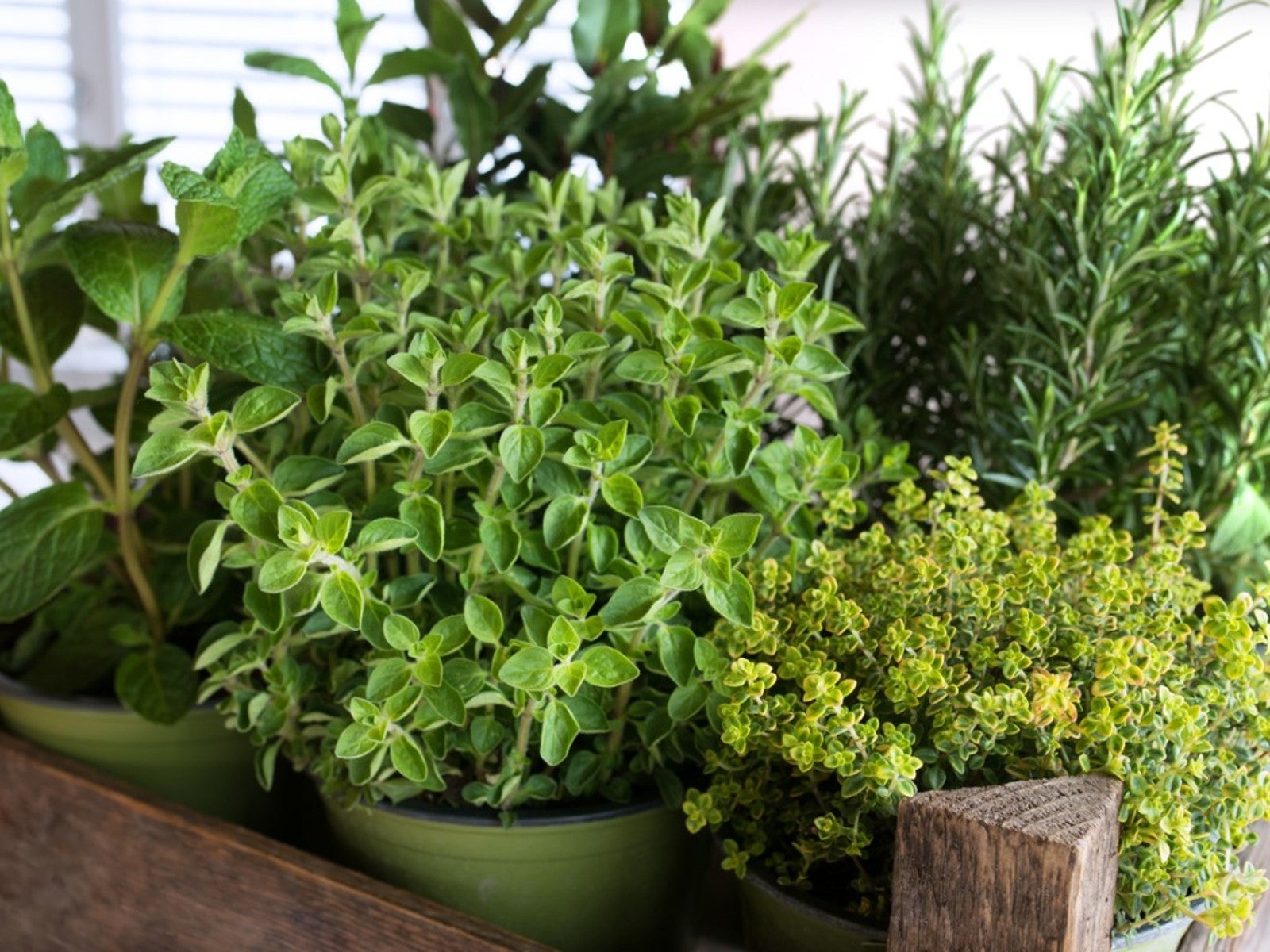 10 Easy Herbs For Beginners
10 Easy Herbs For BeginnersIf you’re new to herb growing, there are some perfect beginner herbs that are low maintenance and easy. Here are our top ten.
By Mary Ellen Ellis
-
 How To Make A Rain Gutter Herb Garden
How To Make A Rain Gutter Herb GardenOne really fun look outside the box is a hanging rain gutter herb garden. A gutter planter is a unique way to house and showcase plants.
By Bonnie L. Grant
-
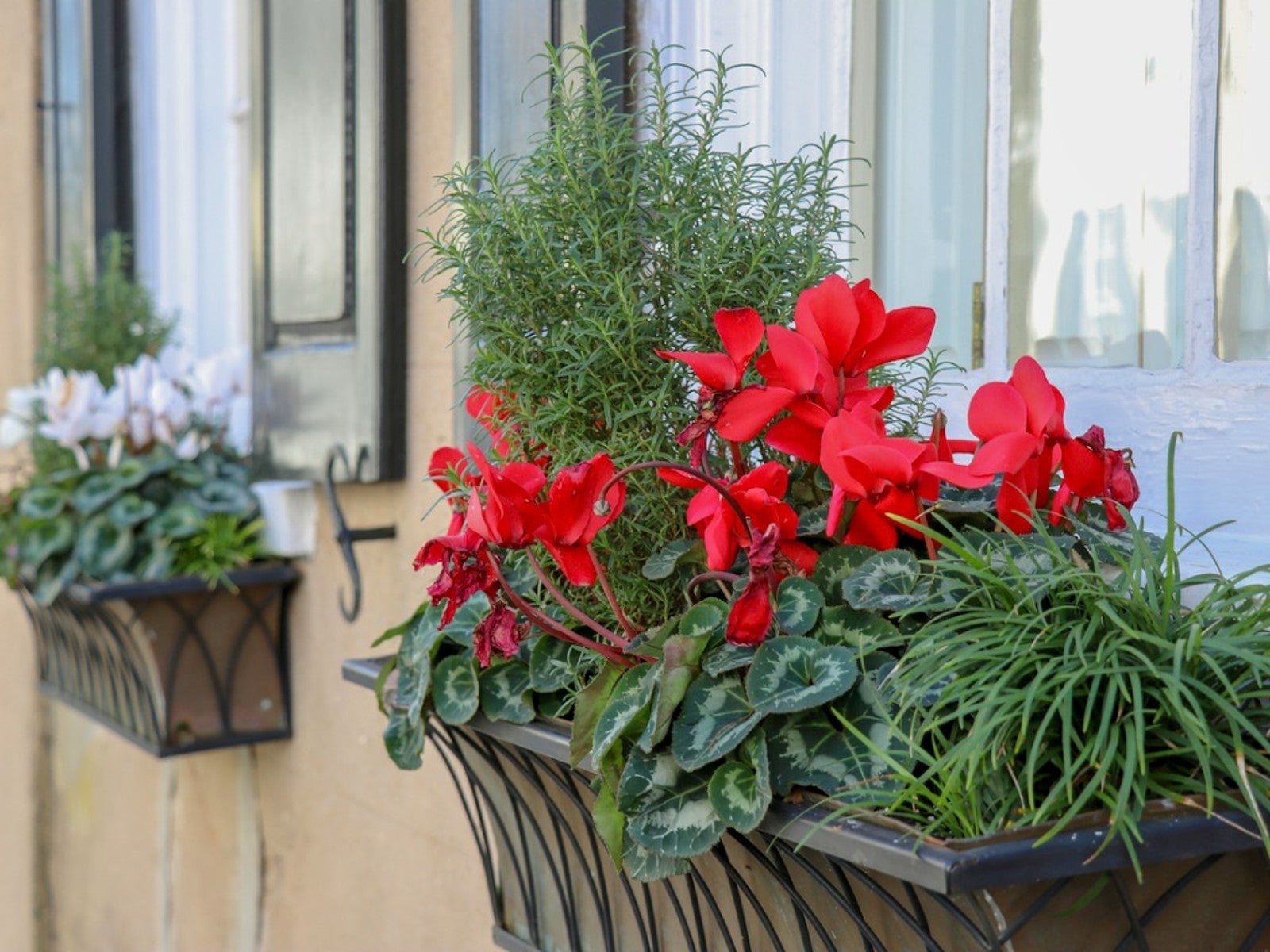 Grow A Beautiful, Edible Herb Window Box
Grow A Beautiful, Edible Herb Window BoxGrowing herbs in window boxes is a space-saving method for producing culinary ingredients for kitchen use. Click for more.
By Laura Miller
-
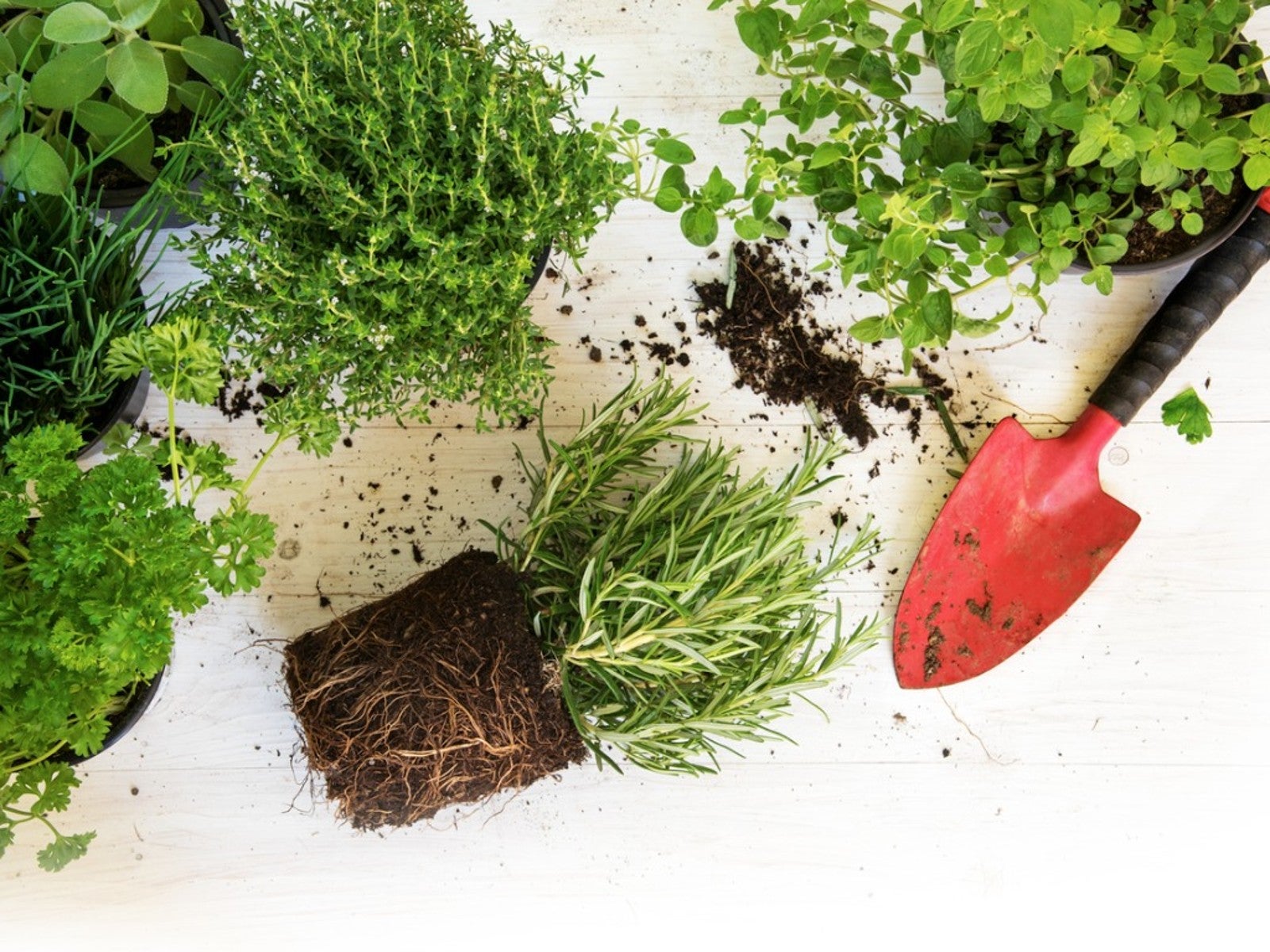 Best Herbs To Direct Sow Vs. Start Indoors
Best Herbs To Direct Sow Vs. Start IndoorsKnowing when to buy herb plants or start them from seeds or cuttings is essential to your success. Read on to learn more.
By Laura Miller
-
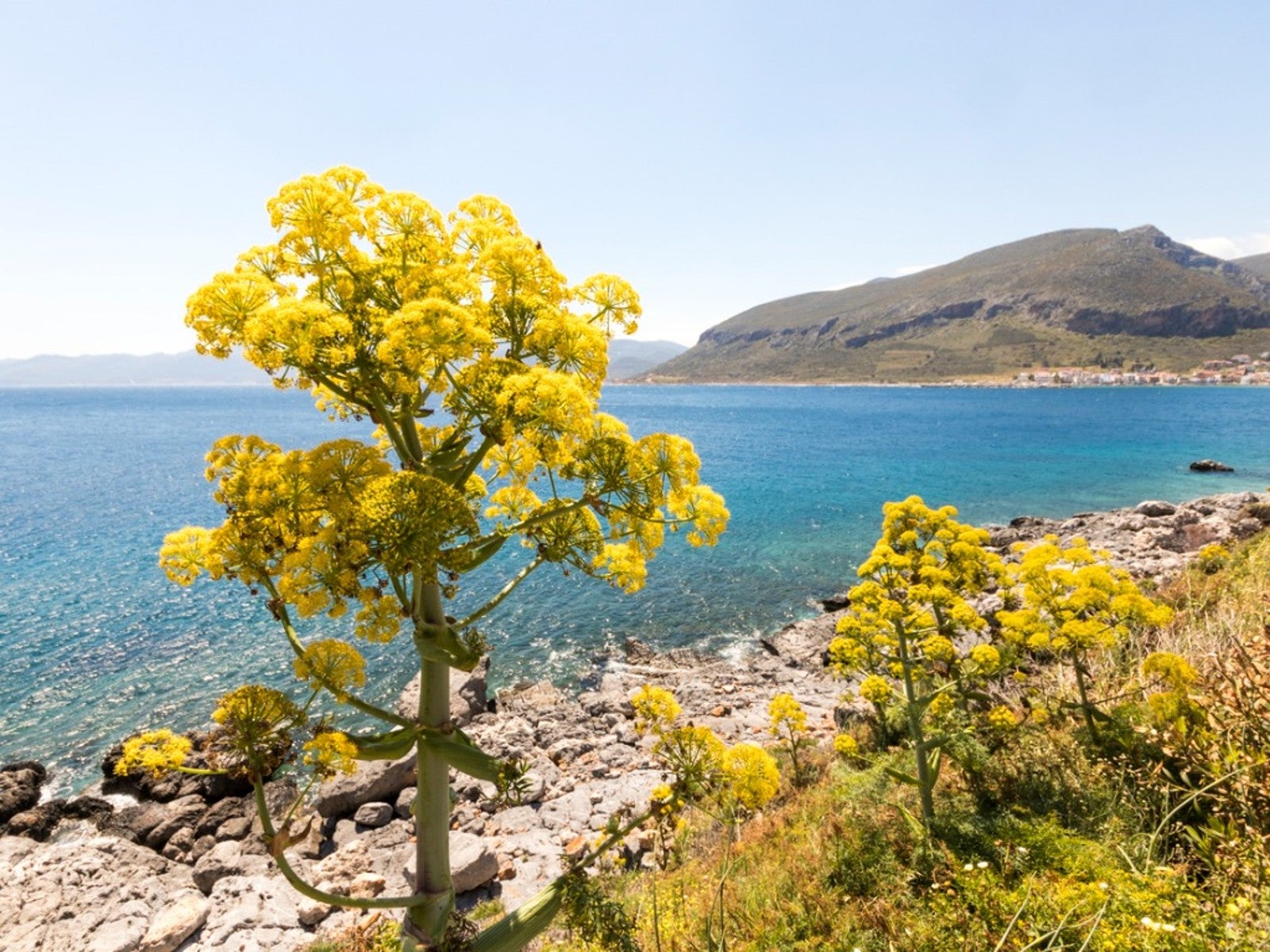 Learn About The Highly Prized Silphium Herb
Learn About The Highly Prized Silphium HerbWhat if there was a perfect plant? In ancient times such a treasure existed. It was the silphium plant.
By Laura Miller
-
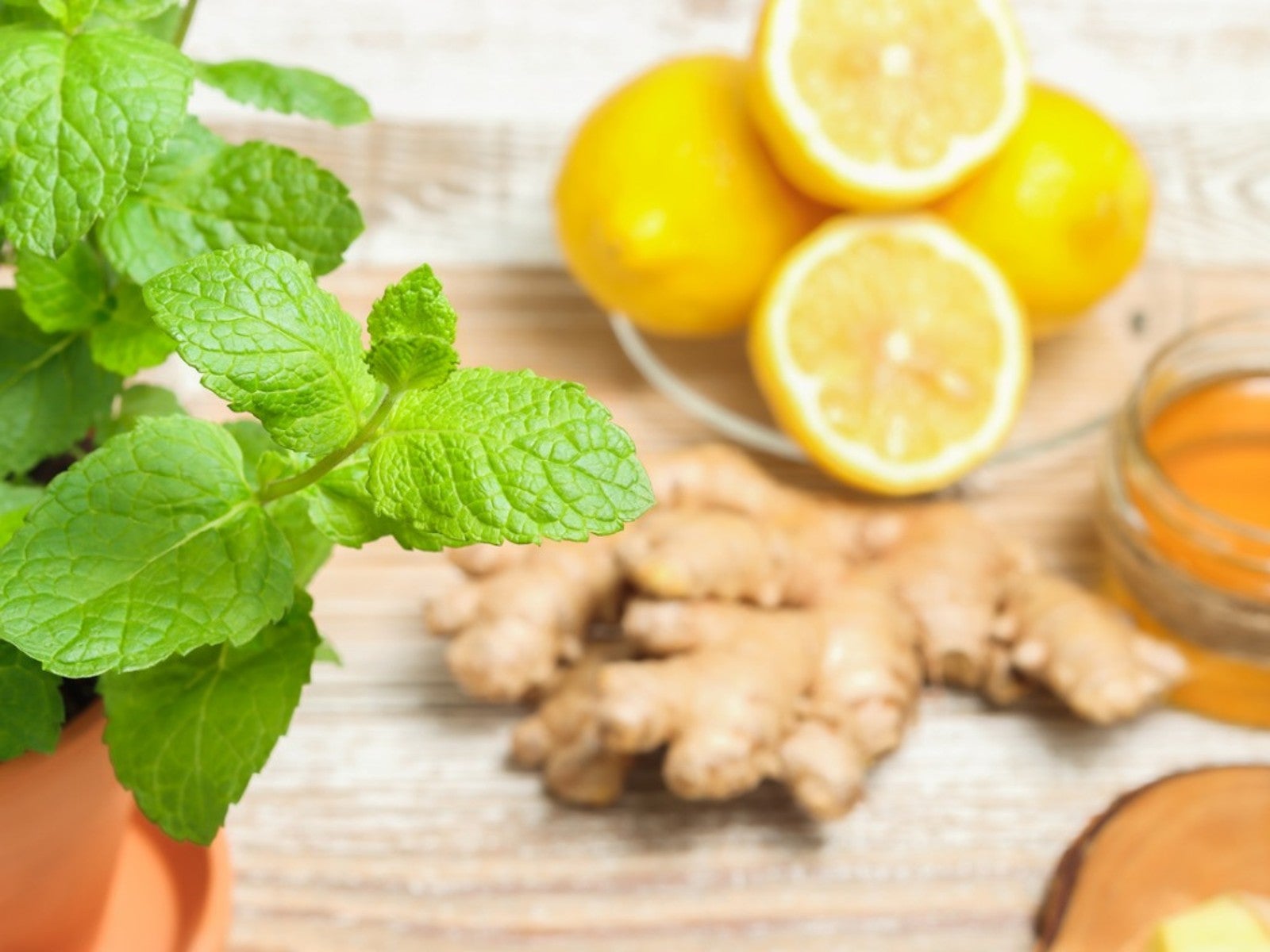 Grow Healing Herbs Indoors: Combat Winter Illness With A Medicinal Garden
Grow Healing Herbs Indoors: Combat Winter Illness With A Medicinal GardenIf you are growing medicinal plants at home, did you know you also can grow an indoor medicinal herb garden? Read on for more.
By Susan Albert
-
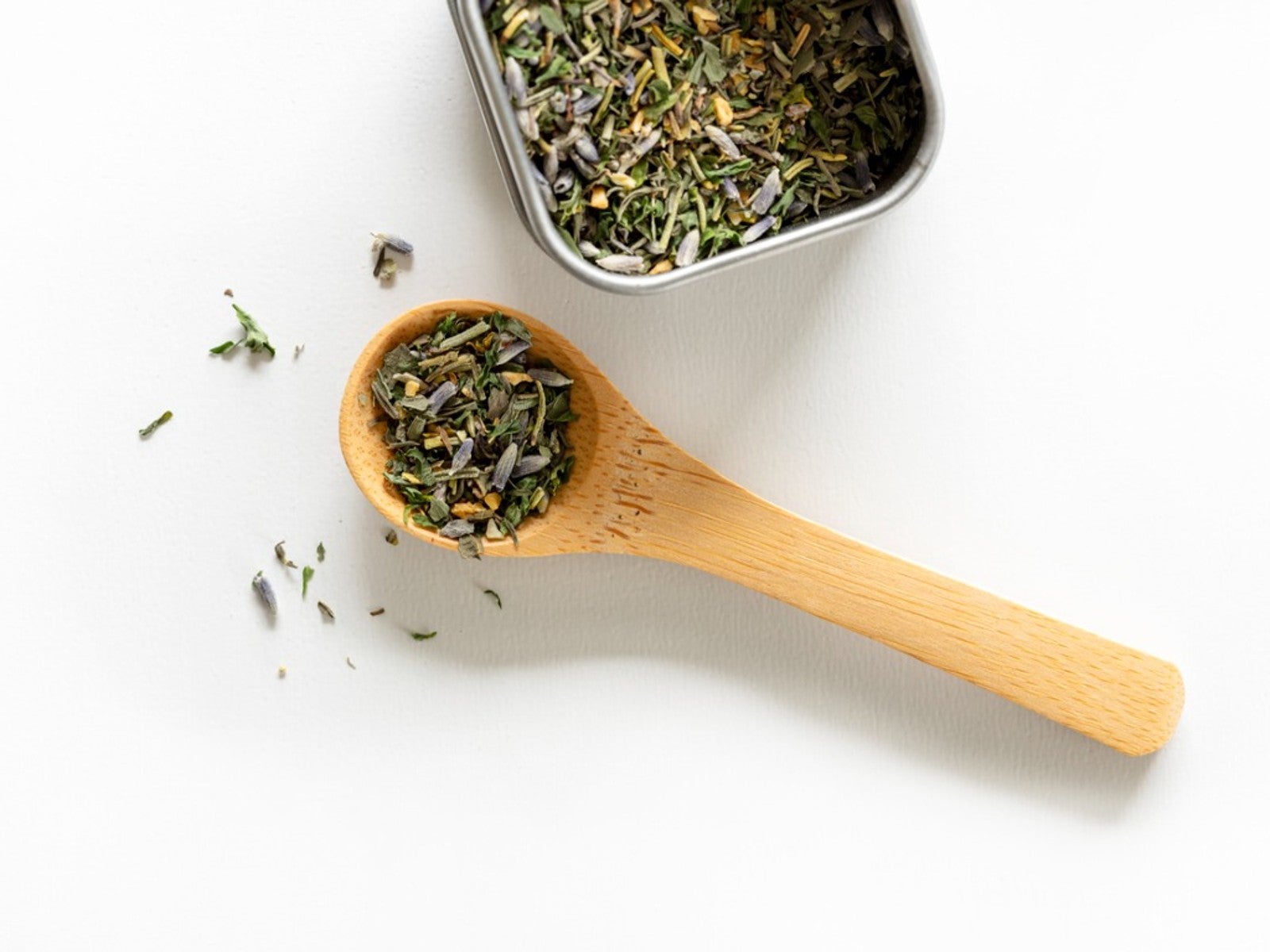 Grow Your Own Herbes De Provence - How To Grow, Dry, And Store Herbs
Grow Your Own Herbes De Provence - How To Grow, Dry, And Store HerbsHomemade gifts can add that special touch to any occasion, such as a jar of herbes de provence. Click here to learn how to grow and make your own for gifting.
By Laura Miller